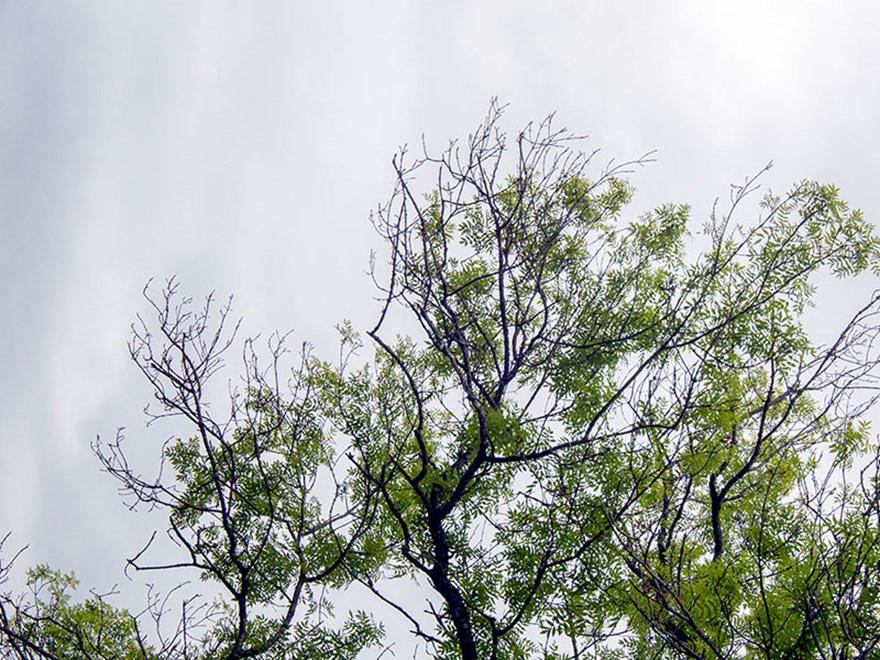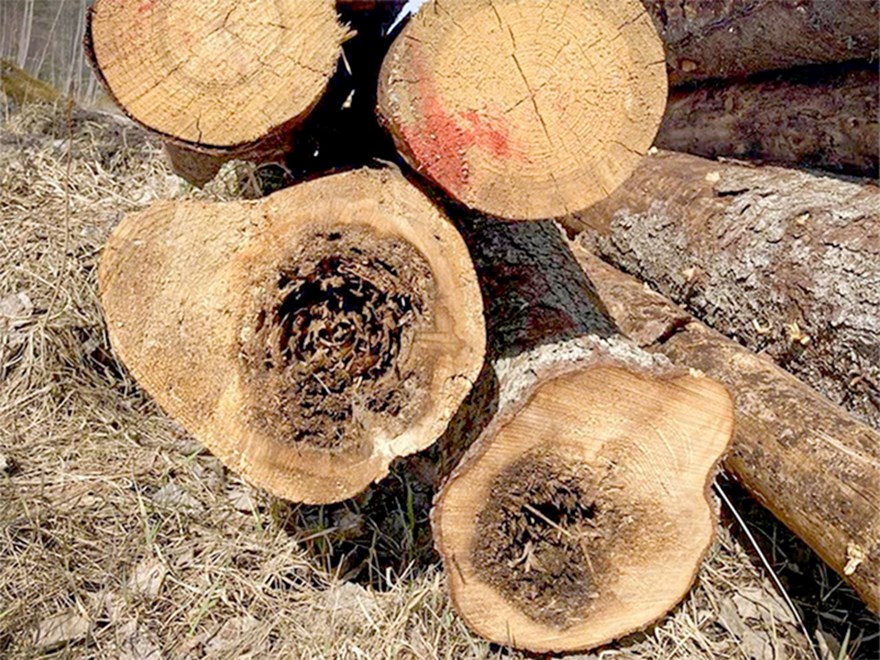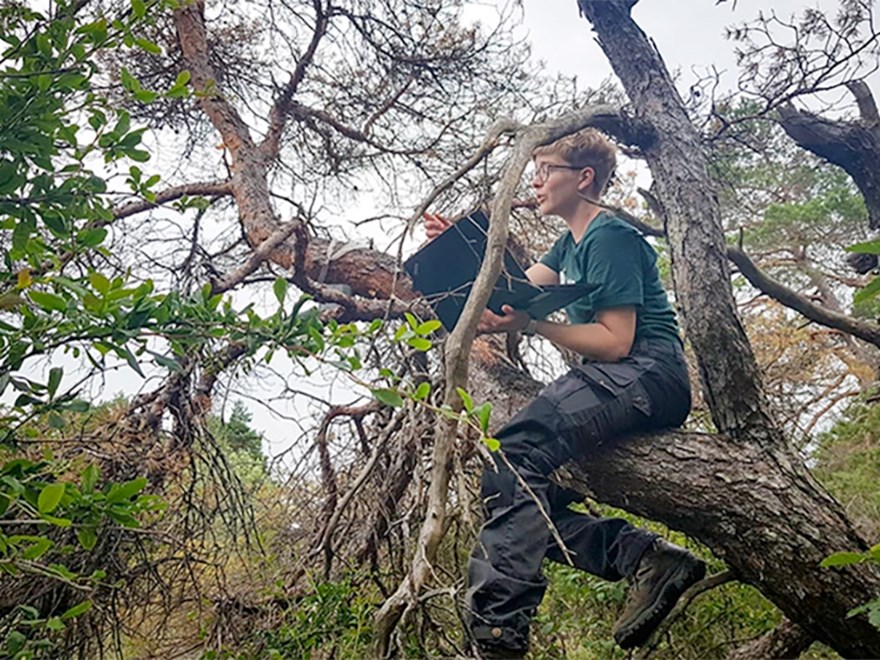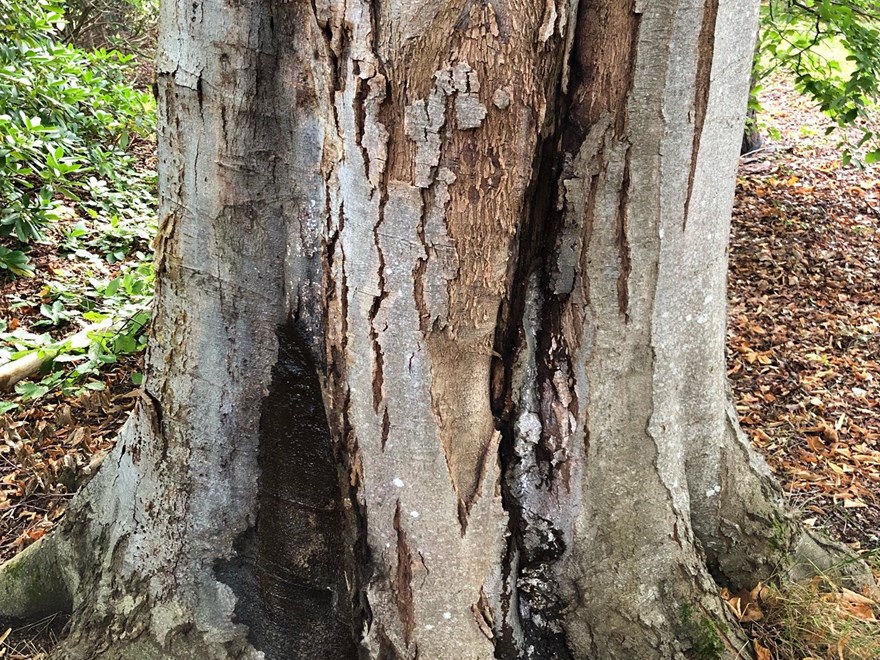Damage caused by fungi, bacteria and viruses
Fungi, bacteria and viruses can cause devastating damage. SLU conducts research on the most economically and ecologically important pests in Swedish forests.
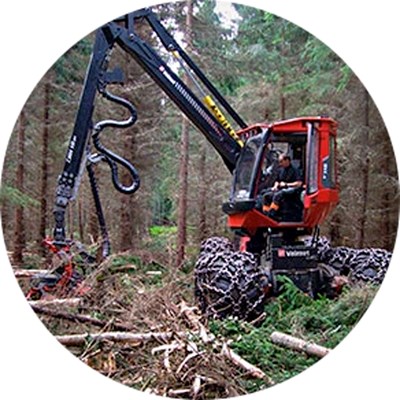
Read more about damage caused by fungi, bacteria and viruses
- Forest Pathology
- Research on the economically and ecologically most important pathogenic fungi in Swedish forests from the Department of Forest Mycology and Plant Pathology - SLU Risk assessment of plant pests
- We perform independent analyses which will provide support to the Swedish Board of Agriculture in their effort to counter the damage of non-indigenous pests such as fungi, bacteria and viruses - Biological control of root rot
- Today, a biological control method is used in which spores of the fungus Phlebiopsis gigantea are sprayed onto felling stumps to prevent the Heterobasidion root rot from spreading.
Do you want to know more?
If you have questions about forest damage caused by fungi, bacteria and viruses, please contact the SLU Forest Damage Center's analysts Iryna Matsiakh and Audrius Menkis!
Published: 10 November 2023 - Page editor: theres.svensson@slu.se
Loading…
